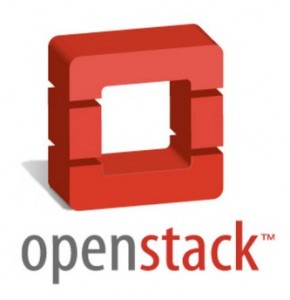 NEWS
NEWS
 NEWS
NEWS
 NEWS
NEWS
![]() OpenStack is one-year-old, marking a year that has seen it grow to become one of the leading open source projects in the world.
OpenStack is one-year-old, marking a year that has seen it grow to become one of the leading open source projects in the world.
OpenStack launched last July under the umbrella of the Apache Foundation as an initiative between Rackspace and NASA. Rackspace provided the storage infrastructure and NASA donated its compute technology.
It started with 25 partners. Today OpenStack has 80. There have been three major releases. A fourth release, Diablo, will be released in September.
Today, service providers are showing some of the most interest. Major hosting providers such as Dreamhost have committed to building cloud infrastructures on OpenStack. Korea Telecom has transformed itself into a services provider by building on OpenStack.
A few factor have contributed to OpenStack’s popularity.
People want options. Amazon Web Services and VMware each have their own uses. AWS has driven its growth by servicing the developer community. VMware is for optimizing the enterprise data center. Its goal is to extend that offering for companies to create a virtual infrastructure. But that’s different from AWS and what Citrix is doing, too.
Call it the year of the cloud. The hype for cloud computing has been significant but beneath all of it is a transformation to a data driven world that requires a new kind of infrastructure that can store terabytes of data and offer compute functionality for games, services and apps that run on varying types of operating systems.
Commercial interest. Funding and acquisitions are signs of the market strength behind OpenStack, said Mark Collier, vice president of marketing and business development for OpenStack and Rackspace Cloud Builders. OpenStack had a strategic play in Citrix acquisition of Cloud.com. And Piston was the first startup to receive funding that based its business around the OpenStack infrastructure.
For the next year?
Adoption: “Our goal is to see deployments,” Collier said.
Networking will become a larger focus. For example, Collier says Cisco is investing significantly, dedicating developer resources to the effort.
Federated clouds will emerge. Use cases include the need to burst into public cloud environments and mini clouds for enterprises to serve employees around the world. These mini clouds are similar to content delivery networks at a full application level.
Services Angle
OpenStack will have another boom year. That’s my bet. The growth will be fueled by service providers who need to create a new architecture and provide a new type of service. Important to this is the transformation of the network. The service providers no longer can operate on a network centric model. They need a new network infrastructure to provide an optimized level of service at the lowest cost possible. That means an infrastructure that is virtualized at the machine level and in the network, too.
Support our mission to keep content open and free by engaging with theCUBE community. Join theCUBE’s Alumni Trust Network, where technology leaders connect, share intelligence and create opportunities.
Founded by tech visionaries John Furrier and Dave Vellante, SiliconANGLE Media has built a dynamic ecosystem of industry-leading digital media brands that reach 15+ million elite tech professionals. Our new proprietary theCUBE AI Video Cloud is breaking ground in audience interaction, leveraging theCUBEai.com neural network to help technology companies make data-driven decisions and stay at the forefront of industry conversations.